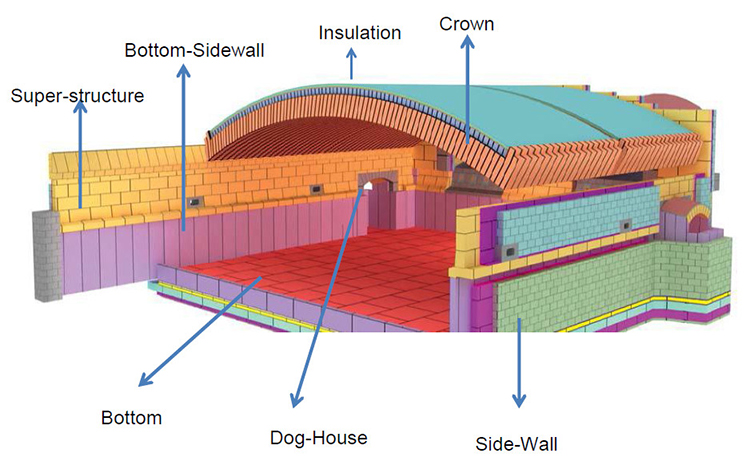Low Cement, Ultra-Low Cement, and Cement-Free Castables
In the early 1970s, Lafarge in France successfully developed low cement castables, followed by the development of ultra-low cement castables, which gained global application in the 1980s. In China, there is no unified standard for categorizing these castables. According to ASTM standards in the United States, they are defined based on the CaO content in the product. Unlike conventional refractory castables, low cement and ultra-low cement castables partially or largely replace calcium aluminate cement with ultrafine powders of the same…

